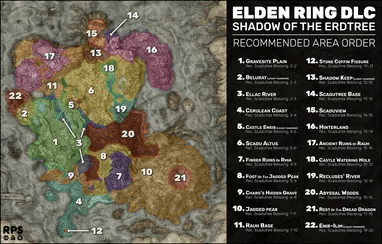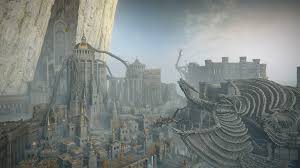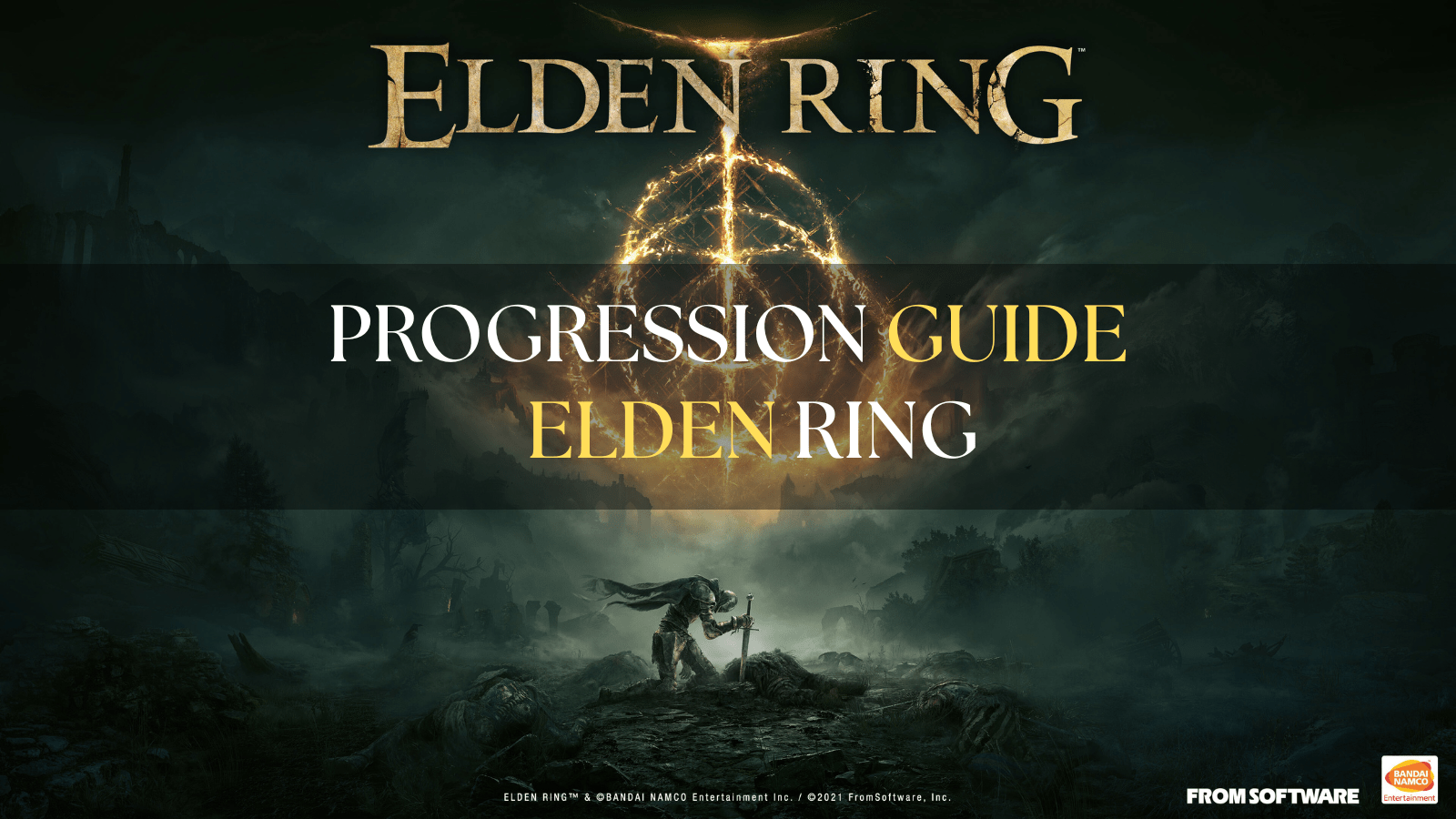Welcome, Tarnished! Ready to become Elden Lord? This is your one-stop Elden Ring guide to mastering progression, leveling, and bosses from start to finish. Whether you’re a newcomer or diving into New Game+, this 2025 progress guide will walk you through every major milestone—simple, clear, and no fluff.
What’s the Best Way to Use an Elden Ring Guide to Improve Your Gameplay?
An Elden Ring guide is like a map for players, especially if you’re trying to navigate its vast, challenging world.
Whether you’re new to the game or just looking to level up your skills, a good guide can help you understand the best routes to take, the enemies to watch out for, and the weapons or strategies that work best for your playstyle.
The key is to use the guide to support your journey without spoiling the fun of discovery. By following step-by-step instructions, you’ll be able to avoid common pitfalls, find hidden treasures, and build the perfect character to face the game’s toughest challenges.
Ready to take on Elden Ring like a pro? A solid guide is your best companion!
Don’t Get Lost in the Lands Between
Elden Ring is massive. With over 150 bosses, multiple endings, and hidden areas tucked behind secret walls, it’s easy to lose track of where to go next. According to Steam stats, more than 70% of players drop off before the midgame. But that won’t be you.
This Elden Ring guide is crafted to simplify your journey. I’ve spent 5+ years working with game guides and SEO content strategies, and today, I’ll help you level smarter, explore in the right order, and avoid common pitfalls. Whether you’re chasing the elden ring sellen quest, looking for a solid progress guide, or asking “What’s the best starting path?”—you’ll find your answer here.
What Order Should You Progress in Elden Ring? (Answered Simply)

Here’s the best progression route in Elden Ring based on story flow and level difficulty:
- Limgrave (Levels 1–20)
- Weeping Peninsula (Levels 10–30)
- Stormveil Castle (Levels 20–30)
- Liurnia of the Lakes (Levels 30–50)
- Academy of Raya Lucaria
- Altus Plateau (Levels 50–70)
- Mt. Gelmir & Volcano Manor
- Leyndell, Royal Capital (Levels 80–100)
- Mountaintops of the Giants (Levels 100–120)
- Consecrated Snowfield, Haligtree, Mohgwyn Palace (Optional high-level areas)
- Crumbling Farum Azula → Ashen Capital → Final Boss
This area order by level keeps the difficulty manageable and the story coherent. You’ll also naturally pick up powerful items and summons at the right time.
Starting Strong: Limgrave and the Weeping Peninsula
Your journey starts in Limgrave, and your first priority should be unlocking Torrent, your spectral steed, at the Gatefront Ruins. From there:
- Grab the map fragments for visibility.
- Explore the Church of Elleh and nearby ruins.
- Beat Beastman of Farum Azula and Patches for early loot.
- Head south to Weeping Peninsula for easier dungeons and upgrade materials.
- Don’t miss the elden ring sellen quest starter NPC: Sorceress Sellen, near Waypoint Ruins.
Level up your Vigor and Endurance early, and collect Smithing Stones to upgrade your weapon—power makes progress easier than stats alone.
Your First Legacy Dungeon: Stormveil Castle
Once you’ve beaten Margit, the Gatekeeper, head into Stormveil Castle. Expect:
- Hidden paths and secret loot, including Ashes of War.
- Two major boss fights: Margit and Godrick the Grafted.
- The option to bypass some combat via side entrances (great for stealth builds).
Use Spirit Ashes like Lone Wolf to tank enemies and give yourself breathing room.
Midgame Expansion: Liurnia of the Lakes
Welcome to the magic capital. In Liurnia, you’ll:
- Explore the Academy of Raya Lucaria (watch out for Rennala!).
- Collect new spells, staffs, and magic gear—perfect for mage builds.
- Progress Sellen’s questline, one of the richest lore journeys in the game.
- Discover optional zones like Caria Manor and Ainsel River (future Sellen areas).
This area is great for ranged builds, intelligence scaling, and picking up progression checklist items like Larval Tears for respecs.
Altus Plateau, Volcano Manor & Mt. Gelmir
By now, you should be around Level 60+.
To reach Altus Plateau, use either:
- The Grand Lift of Dectus (after finding both medallions), or
- The Ruin-Strewn Precipice path via Liurnia.
Key highlights:
- Volcano Manor assassination questline unlocks after a short intro quest.
- Find powerful weapons like Serpent-Hunter and useful talismans.
- Fight bosses like Rykard, Lord of Blasphemy in one of the most cinematic encounters in the game.
When you finish the Elden Ring progression guide, explore the ultimate gaming guide for more expert tips to master your favorite games.
Royal Capital: Leyndell

Leyndell is a late-game zone with major narrative weight.
- Recommended Level: 80–100
- Bosses include Godfrey, Morgott, and more
- Major world state changes happen after this zone
By now, your elden ring progression checklist should include:
- Fully upgraded weapon (ideally +10 or +25)
- Main NPC questlines advanced (Sellen, Ranni, Fia, etc.)
- Flask of Wondrous Physick tailored to your build
Late Game: Giants, Snowfields, Haligtree, Mohgwyn
These zones are optional but packed with value:
- Mountaintops of the Giants – fight Fire Giant
- Consecrated Snowfield – access via secret medallion halves
- Mohgwyn Palace – great rune farming zone and home to Mohg
- Haligtree & Miquella’s Tree – arguably the toughest zone
These areas reward players with legendary gear, talismans, and major lore.
Final Challenges: Farum Azula, Ashen Capital, Elden Beast
The last steps:
- Battle Dragonlord Placidusax in Crumbling Farum Azula
- Complete the final push in the Ashen Capital
- Face Radagon and the Elden Beast—a dual boss fight requiring patience and timing
Prepare your flasks, memorize boss patterns, and don’t forget your Spirit Ashes.
FAQ Section: Elden Ring Progression & Gameplay Questions
How long is Elden Ring 100%?
100% completion can take 130–170 hours, depending on your skill and familiarity with questlines, NPCs, and hidden areas.
What is the best starting path in Elden Ring?
Start in Limgrave, go south to Weeping Peninsula, then tackle Stormveil Castle. This path is the safest and allows you to build power before major challenges.
What is the hardest boss in Elden Ring?
Most players agree Malenia, Blade of Miquella is the hardest boss. Her fast healing and second phase make her incredibly tough—even at high levels.
Elden Ring Area Order by Level (Quick Summary)
- Limgrave (1–20)
- Weeping Peninsula (10–30)
- Stormveil Castle (20–30)
- Liurnia (30–50)
- Altus Plateau (50–70)
- Mt. Gelmir (60–80)
- Leyndell (80–100)
- Giants/Consecrated Snowfield (100–120)
- Haligtree/Mohgwyn (120+)
- Farum Azula to Final Boss (130–150)
Elden Ring Progression Checklist
- Unlock Torrent
- Defeat Margit and Godrick
- Clear Academy and Altus
- Follow major NPC quests (Sellen, Ranni)
- Farm runes and upgrade gear
- Unlock all map fragments
- Collect Great Runes
- Defeat Elden Beast and choose ending
Conclusion: Your Path to Becoming Elden Lord
With this Elden Ring guide, you’re no longer wandering blindly through fog-covered lands. You’ve got a clear progress guide, answers to key progression questions, and a full checklist to make sure nothing gets missed. Whether you’re following the elden ring sellen quest for story or pushing to 100% completion, the journey is yours—but you don’t have to do it alone.
Now grab your flask, summon your wolves, and forge your legacy in the Lands Between. The Erdtree awaits, and your destiny calls.





